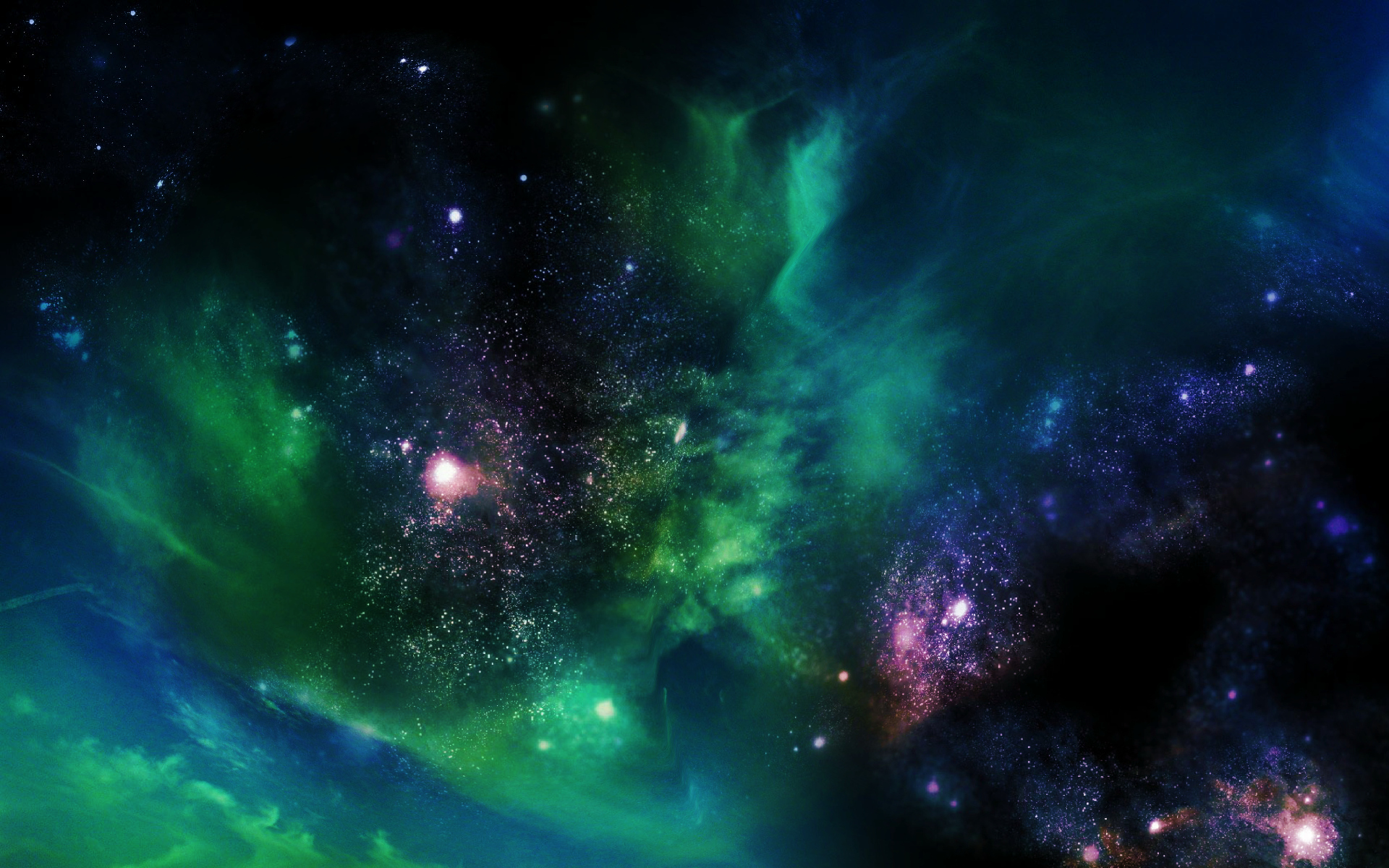
A sequence of images captured by NASA’s Cassini spacecraft last month are the most detailed pictures ever taken of Saturn’s famous rings, revealing complex, unexplained bands and the movements of dozens of tiny icy moonlets spinning around the planet.

Using the Akatsuki spacecraft, Japanese scientists have detected a large, bow-shaped anomaly in the upper atmosphere of Venus. Strangely, the 6,200-mile-long structure is refusing to budge despite the 225 mile-per-hour winds that surround it.

From the most powerful telescope orbiting Mars comes a new view of Earth and its moon, showing continent-size detail on the planet and the relative size of the Moon.

Everything from meteor showers and eclipses to epic space missions and more, 2017 will be worth looking up for and forward too.

The NASA mission is getting unprecedented views of the ringed gas giant's biggest mystery

As the Cassini spacecraft executes its final daredevil maneuvers, scientists on both sides of the Atlantic are already thinking about the next mission to Saturn. But this time they're talking about hunting for life in Saturn's rings.

Boron, changing minerals offer evidence of a habitable lake and complex chemistry.

The cameras of the Dawn space probe discover water ice in Ceres' polar region. It can survive for aeons in the extreme cold traps, even though there is no atmosphere.

Larger than the Grand Canyon, wider and deeper than East Africa’s Great Rift Valley, Mercury’s newly-discovered “Great Valley” boggles the imagination. But it’s more than size that makes this geologic feature remarkable.

After re-examining data acquired by the Voyager 2 spacecraft, astronomers have detected wavy patterns in two of Uranus's dark system of rings' patterns that may be indicative of two undiscovered moons.

Scientists have identified a new dwarf planet in our Solar System, and it's lurking way out in the edges, some 13.6 billion km from the Sun.
NASA's Hubble Space Telescope took direct ultraviolet images of the icy moon Europa transiting across the disk of Jupiter. Out of ten observations, Hubble saw what may be water vapor plumes on three of the images.
A prior study demonstrated that Pluto's center is sufficiently warm to bolster a fluid water sea, and now we've discovered that it may be immense - no less than 100 km (62 miles) profound.

A new study proves that the Earth and other planetary objects formed in the early years of the Solar System share similar chemical origins – a finding at odds with accepted wisdom held by scientists for decades.

Scientists believe Venus was once Earth-like. How is this possible and what caused the planet to turn toxic?